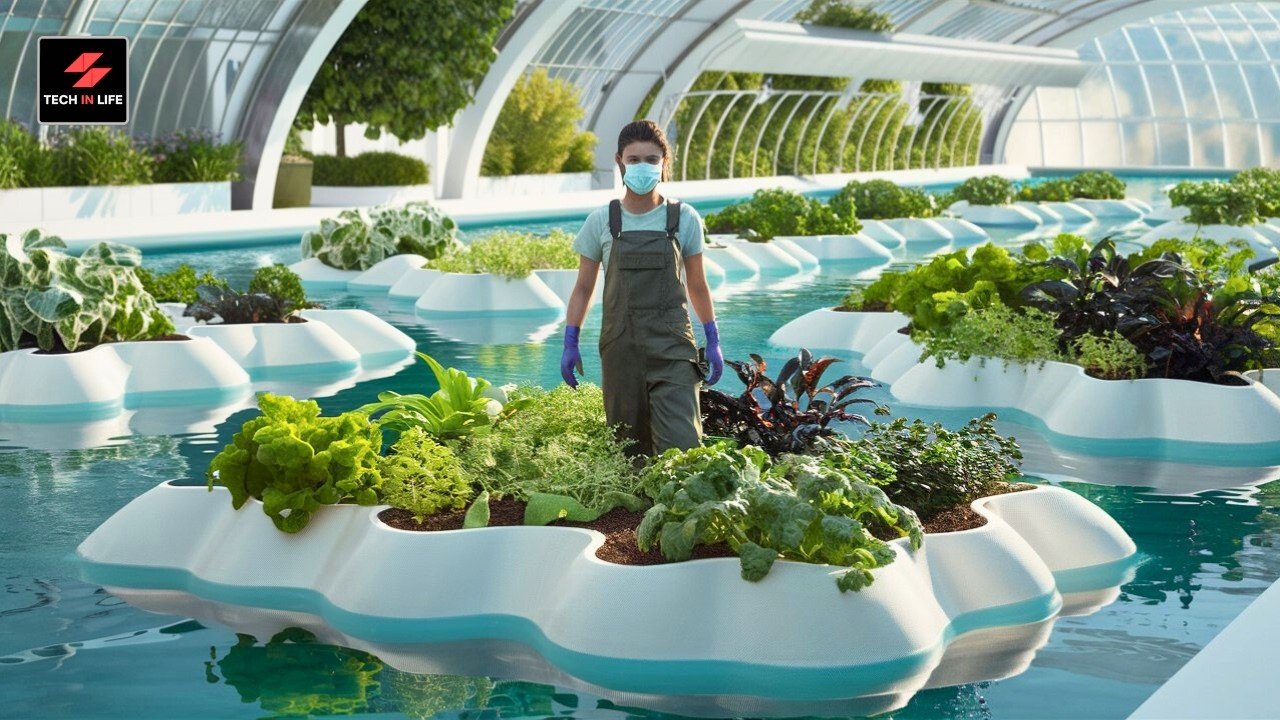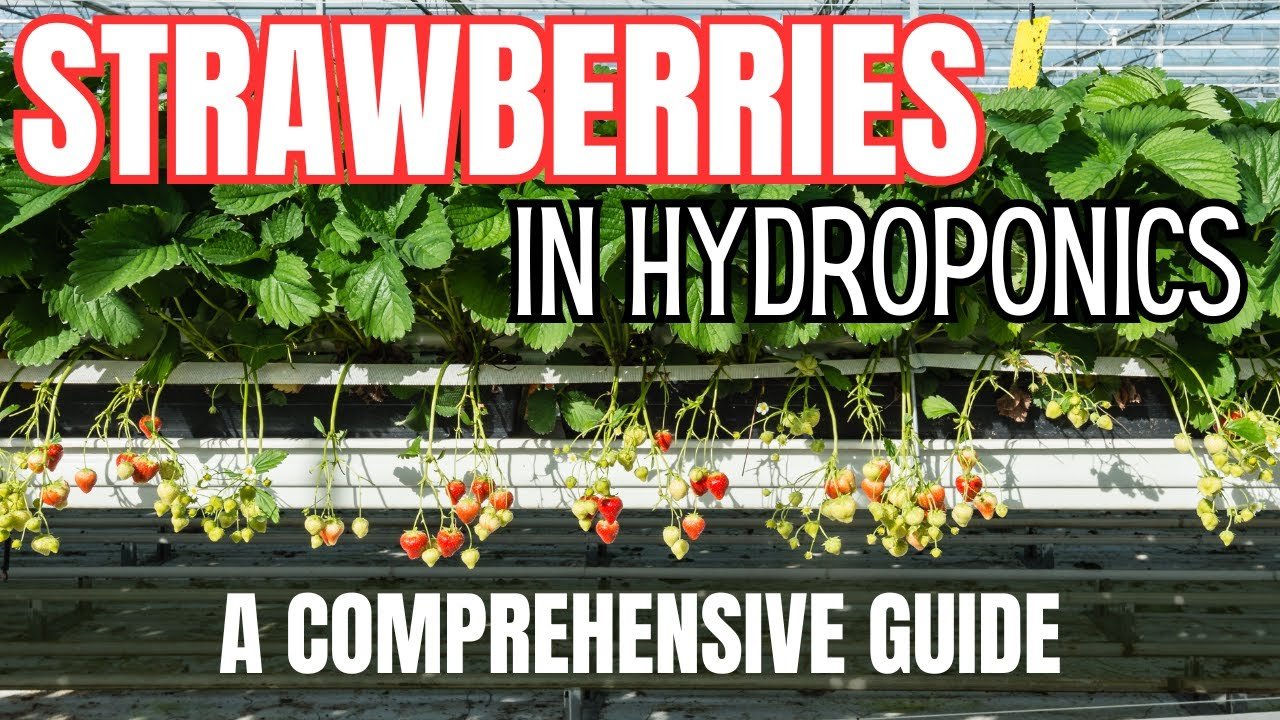My Aquaponics Adventure: Fish, Plants, and a Whole Lot of Mess
You wouldn’t believe how much I thought I knew about aquaponics before I dove into my backyard project. Living in a small town in the Midwest, there’s not much to do during those long winter months except binge-watch home improvement shows and scroll through Pinterest. It was on one of those sleepless nights that I stumbled upon the magical world of aquaponics—a blend of aquaculture and hydroponics. So I thought, “Why not? How hard can it be?”
The Dream Takes Shape
I envisioned a self-sustaining ecosystem right there in my backyard. I saw vegetables thriving alongside happy fish, all while I sipped lemonade on my porch, the earth at my feet and fresh produce at my table. The fantasy was beautiful, but reality soon proved much messier.
My journey began in the shed, rummaging through piles of dusty old tools, a half-broken lawnmower, and lumber that had seen better days. I found an old plastic bathtub that I thought could double as a fish tank. After all, I was going for “unique” and “repurposed," not “perfect.”
Next, I did what any self-respecting DIY enthusiast would do; I bought some supplies. I chose three different kinds of fish—tilapia, goldfish, and snails. My rationale for the goldfish was simple: if they survived the chaos, they would at least add some color. The tilapia were supposed to be hardy, and my eight-year-old insisted on the snails because “they’re cool, Dad.”
The Rise and Fall of Water Quality
I thought I’d nailed it with an old submersible pump I found in the back corner of the shed. After a few hours of setting everything up, it came time to fill the tank. My excitement was palpable—I could just imagine the joy of watching those little fish swim around their new home. I added the water, checking the temperature and nitrate levels. At this point, I felt like a master aquaponics gardener.
But soon, reality hit. Not even a week in, the water started turning an alarming shade of green. I had read about “algal blooms” in my research, but trust me, experiencing it firsthand is a whole other ballgame. I agonized over whether I had made a fatal error. Maybe too much sunlight? Or was I overfeeding the fish?
After several days of intense googling sessions and skeptical glances from my wife, I learned that balance was key. I panicked, thinking about the poor creatures swimming in that murky, green mess. I kept a close eye on them after buying a small water testing kit from the local feed store. They survived, but I lost a goldfish, and that felt like a punch in the gut. It was painfully clear: I was not as prepared as I thought.
Learning Through Disasters
The next hurdle was the plants. I had dreams of plucking fresh basil and juicy tomatoes right off the vine. I opted for seedlings of herbs, thinking they’d be easier to manage. Well, I underestimated my lack of green thumb. One morning, I noticed the basil leaves wilting, and I felt like I’d let my new little ecosystem down.
“Watering them more will help,” I thought. But I couldn’t find the right balance—too much or too little seemed to be the only options. I had a moment of clarity when I realized I really didn’t have a clue what I was doing.
At one point, I tried using old terracotta pots I found buried under stacks of gardening tools. I thought they would help my plants thrive. Instead, they became breeding grounds for algae, making both the water quality and my morale plummet. I started to resent my once-loved project, wanting to toss the whole system in the trash.
The Moment of Truth
Just when I was about to wave the white flag, something caught my eye. I noticed some new green leaves emerging from the seedlings, and the tilapia were swimming a bit more energetically. I quickly grabbed my water testing kit again, and to my surprise, the numbers were looking better.
After a few minor adjustments—changing the water more frequently, adjusting the pH, and carefully monitoring feed amounts—the ecosystem seemed to reach a semblance of balance. And that was my “Aha!” moment. It dawned on me that I wasn’t going to get this right overnight, and that maybe I didn’t need to be perfect. Sometimes, it’s in the mess and the struggle that we find growth.
Conclusion: The Beauty of Imperfection
Ultimately, the project turned out to be a sort of backward therapy for me—a journey of growth, loss, and occasionally surprising success. If you’re thinking about diving into aquaponics, don’t fret about making it perfect. I mean, I lost some fish, I almost tossed the system, and I had a whole lot of green water days. But each mistake taught me lessons I never would’ve learned without getting my hands dirty—and believe me, they got very dirty.
I’ll always cherish my little aquaponic system, messy as it was. It taught me patience, resilience, and the importance of enjoying the journey rather than racing toward the destination. So if you’re standing at the starting line, take that plunge!
Just start, and you’ll figure it out along the way. If you want to dive into this journey with a community of like-minded people, join the next session and see what it’s all about here. Happy garden growing!







Leave a Reply